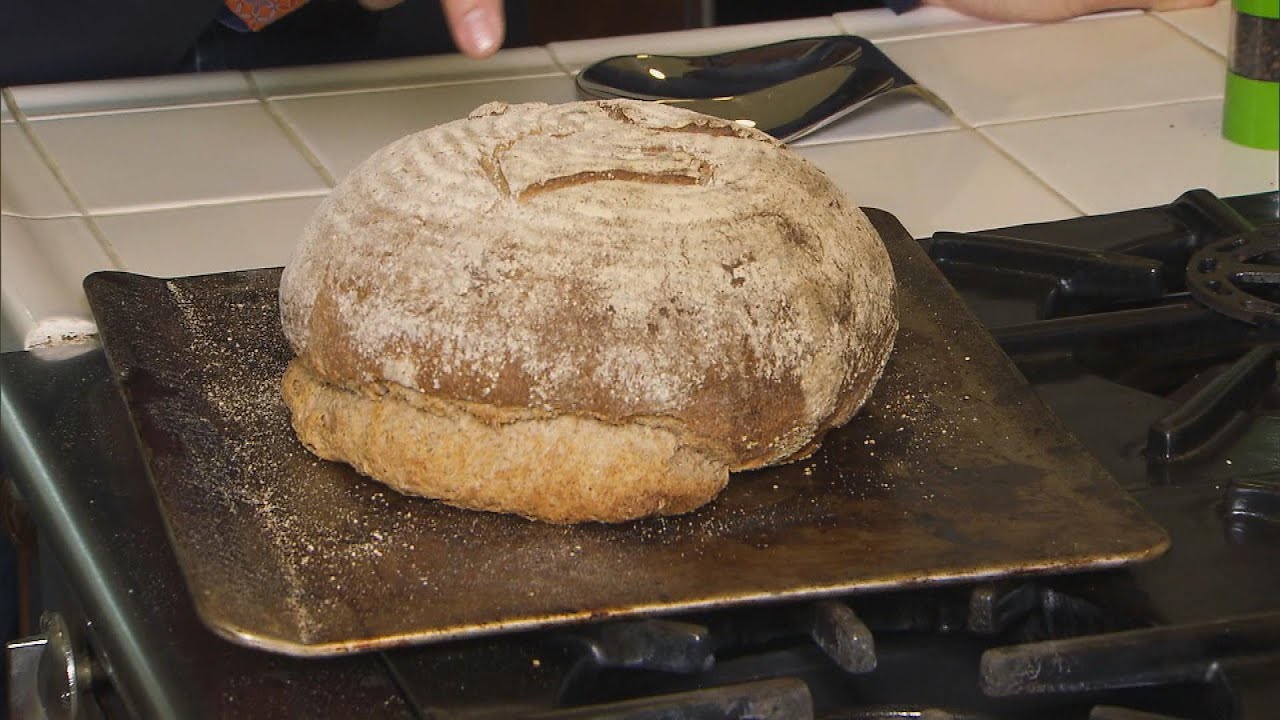Sourdough bread is a type of bread that is leavened using naturally occurring yeast and bacteria that is found in the environment. The sourdough starter is the mixture of flour and water that is used to cultivate these microorganisms. The history of sourdough bread and its starter yeast can be traced back thousands of years and has a rich and fascinating history.
The origins of sourdough bread can be traced back to ancient civilizations such as Egypt and Mesopotamia. It is believed that the first sourdough bread was created by accident when a mixture of flour and water was left out and naturally occurring yeasts and bacteria in the air and on the grains began to ferment the mixture. This process created a sourdough starter that could be used to leaven bread.
Sourdough bread became popular throughout Europe in the Middle Ages, and it was the primary type of bread eaten by people for centuries. It was especially popular among peasants who could not afford to buy yeast for their bread. Sourdough bread was also a staple food for sailors on long sea voyages as the sourdough starter could be kept alive for long periods of time and used to make bread even when fresh yeast was not available.
During the California Gold Rush in the mid-1800s, sourdough bread became popular in America. Prospectors would carry a sourdough starter with them as they traveled to the gold mines, and it became known as “miner’s bread”. San Francisco became known for its sourdough bread, and to this day, sourdough bread is closely associated with the city.
In modern times, sourdough bread has experienced a resurgence in popularity as people have become more interested in natural and traditional foods. The sourdough starter is seen as a natural and healthy way to leaven bread, and it is also more sustainable than commercial yeast, which has to be continuously purchased.
Sourdough bread is also a popular choice for people who have gluten sensitivities. The long fermentation process that is required for sourdough bread breaks down the gluten in the dough, making it easier to digest for people who are sensitive to gluten.
The sourdough starter is made by mixing flour and water and allowing it to sit at room temperature for several days. During this time, naturally occurring yeasts and bacteria in the environment will begin to ferment the mixture. The starter needs to be fed regularly with fresh flour and water to keep the microorganisms alive and active.
Different regions and cultures have their own unique sourdough starters, which can give the bread a distinct flavor and texture. For example, the San Francisco sourdough starter is known for its tangy flavor, while the French sourdough starter is known for its nutty flavor.
Sourdough bread has a long tradition and history, and its popularity shows no signs of waning. Its unique flavor, texture, and health benefits make it a favorite among bakers and bread lovers alike. The sourdough starter is the key to making this delicious bread, and its unique properties have been revered for thousands of years.

